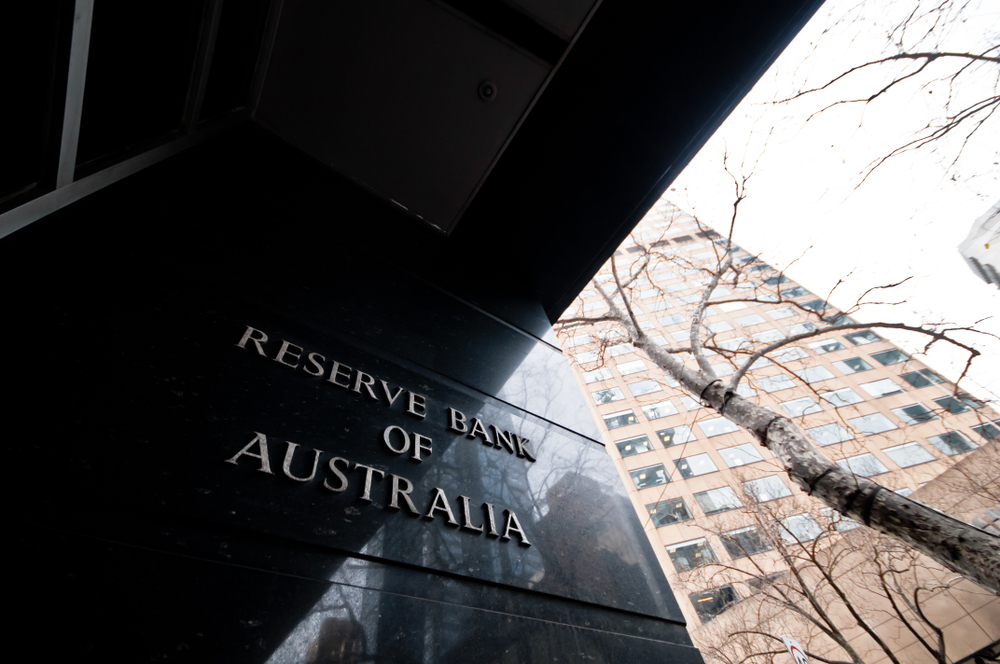All about Wills and Probate
Probate is the legal process that occurs when dealing with a loved one’s will after their death. It can be difficult to know what’s involved with the process and the questions to ask. What is Probate? Probate is the process that makes sure the instructions in a will can be followed. It involves proving and registering a will in the Supreme Court and, if successful, will result in a ‘grant of probate’. What’s a grant of probate? A grant of probate means the will is recognised as legally valid and enables the executor (the person dealing with the estate) to distribute assets to the beneficiaries named in the will. Most financial institutions require a grant of probate before they can release accounts and funds to anyone other than account holders. What to do if a family member passes When a family member passes away, if you’re the next of kin then you need to determine whether they made a will. If they haven’t, they are said to have died “intestate”. In this situation, an application needs to be made to the court for “Letters of Administration” authorising a person to distribute the assets of the deceased family member’s estate, the law will set out how their estate can be distributed, if not, there’s no guarantee that your loved one’s wishes will be honoured. What’s a will? A will is a legal document that outlines what happens to a person’s possessions and assets when they die. However, a will isn’t legally binding on its own — there are steps that must be taken to make sure the will is valid, just as there are steps that family members can take if they want to contest the will. At its most basic a will must be: in writing signed by the will maker witnessed by at least two adults (a beneficiary should not witness a will. If they do, they may lose their entitlements under that will) made by someone of testamentary capacity. Ensuring a will is properly made and signed can be very complex and it is always a good idea to ensure a lawyer is involved. What’s testamentary capacity? Testamentary capacity means that someone’s in a fit state of mind to legally understand what they’re doing. If these things are all done, then the will can be used to help divide up the estate. Life Insurance and probate Provided you have a named beneficiary with your policy, your life insurance should be easily accessed by your loved ones when the time comes. Life Insurance should be paid directly to the beneficiary and avoid having to be distributed through the deceased’s will. Having your life insurance beneficiaries up to date can help ensure your loved ones are taken care of financially if something were to happen to you. What happens once probate or the court process are completed? Once the court process, or probate, is completed and settled, there is then the process of the administration of an estate by the executor or administrator, after the grant of probate or letters of administration have been provided. This process of administration is something that needs to happen when a family member passes away. This process starts when probate or letters of administration are granted, and finishes when the assets listed in the will are formally handed over to the executors of the estate and distributed to. An estate can be made up of many things, including: Real estate Shares Loans Income or capital allocated by the will maker Cash investments Personal property But doesn’t usually include these items: Jointly owned assets that are held as joint tenants – e.g. family home (If the owners are tenants in common, the deceased person’s portion can become part of the estate) Super pensions or annuities (except when directed by the member to be paid to the estate) Life Insurance where the benefit is paid directly to one or more nominated beneficiaries Here’s what you need to get started with probate: The current and original will Original death certificate from the relevant state registry The probate application Income or capital allocated by the will maker; and/or Lodgement fee Probate runs through the court system in each state, and executors or administrators of the estate need to swear to the court that they’ll distribute the will as instructed. It is important to consider getting a lawyer who can help you with the probate process. What happens if someone contests a will? If a family member wants to contest a will because they feel that it isn’t fair or feel that something has been left out, they need to do it in the probate stage. If someone challenges the will then the court will hold off on granting probate until the contest is sorted. As the law in this area is very complex and can be different depending on where you live, when dealing with a will and estate planning it is always recommended to talk to a lawyer to make sure that the whole process is managed correctly, and the deceased’s wishes are most likely to be fulfilled. They can guide you through the process, ask questions you may not have considered, and recommend arrangements for a range of scenarios. They can help you prepare your own will, or manage the affairs of a family member. It also ensures you are getting the right advice from a professional. Being prepared can really save you time and headaches down the line. Source: TAL










